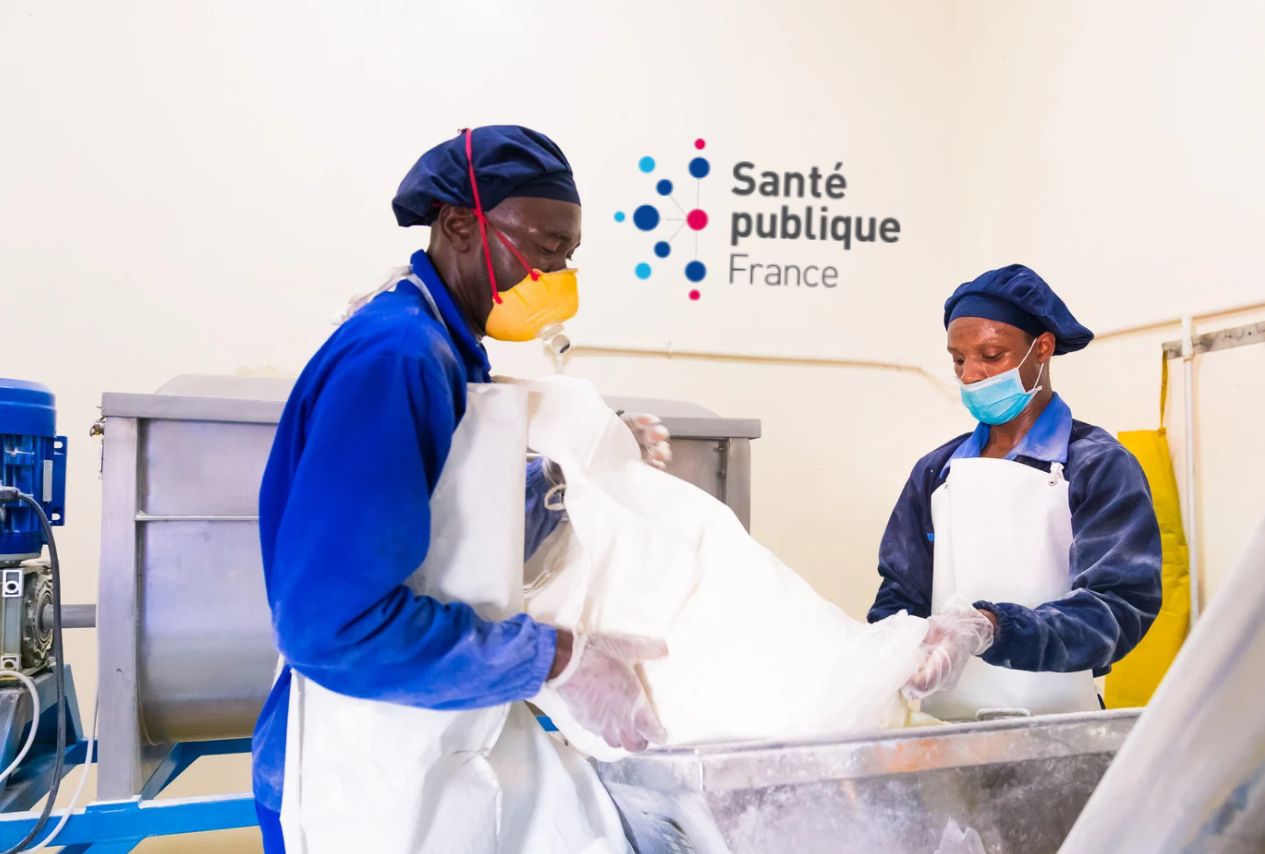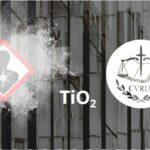
After the EpiNano fiasco: what protection for workers exposed to nanomaterials?
After a decade of implementation hurdles, the French epidemiological monitoring program EpiNano—intended to track the health of workers exposed to nanomaterials—has now been definitively abandoned. In a report published at the end of June, Santé publique France (SpF) acknowledged the failure of the project: the agency responsible for recruiting and monitoring a long-term cohort of exposed workers was ultimately unable to fulfill its mission. What led to this fiasco? And what measures can now be put in place to finally ensure the proper identification and protection of workers who, often unknowingly, handle potentially hazardous nanomaterials?
An unequivocal assessment
In its report ‘Dispositif national EpiNano – Bilan et perspectives’ published on June 27, Santé publique France delivers a clear and decisive assessment of the failure of the program it had been overseeing for more than a decade.
From the very beginning of its implementation in 2014, the EpiNano program faced significant challenges in building a cohort of workers exposed to nanomaterials. The adjustments made in 2016, followed by those in 2017 and 2021, did nothing to change this. By 2024, after ten years of effort, only 26 companies were participating in the program, with just 630 workers—far, very far from the numbers needed to conduct meaningful epidemiological studies..
Ananomy of a failure
The reasons behind the difficulties are easy to identify: recruitment relied solely on the goodwill of companies, as no legal obligation was put in place requiring businesses handling nanomaterials to enroll their workers in the EpiNano cohort.
Santé publique France notes that small and medium-sized enterprises (SMEs) were more likely to participate, whereas—according to data from the R-Nano register—large-scale facilities are also likely to be involved with at least one of the four substance families selected for EpiNano: silica, titanium dioxide, carbon black, and carbon nanotubes.
Other major obstacles to the program’s system included:
- occupational health inspectors don’t have access to the R-Nano database, preventing them from effectively targeting companies in their district to encourage—or even less, to compel—them to participate in EpiNano;
- moreover, since the R-Nano database contains only information on declared substances, it does not allow for the identification of either the specific worstations involving nanomaterial exposure within companies or the workers assigned to those stations;
- finally, the complexity and heavy administrative burden of the program—along with a high proportion of missing data—also hindered the quality and usefulness of the limited information that was collected.
Three levers for the future
At the end of its report, Santé publique France outlined key levers for the future:
1 – Strengthening the prevention of health risks for workers:
→ Better characterization and understanding of workstations through measurements to enable improved adaptation of collective protective equipment (CPE) and/or personal protective equipment (PPE)
→ Improved information and training for workers about the specific risks related to their occupational exposure to nanomaterials.
2 – Promoting health surveillance, research, and the management and prevention of health risks
→ Make it mandatory for companies to report:
– exposed workstations
– workers exposed to nanomaterials
3 – Promoting knowledge acquisition
→ through retrospective morbidity and mortality research studies in facilities producing nanomaterials of concern, in order to document potential links between exposure to these substances and possible health outcomes in terms of morbidity and mortality
→ through continued methodological work aimed at developing exposure or effect biomarkers that can be used in biomonitoring studies
→ through metrology studies at workstations, to provide additional information regarding workers’ exposure levels.
NB: As with ANSES’s recent recommendations regarding the R-Nano register, regulatory adjustments will be necessary to enable these recommendations—aligned with AVICENN’s demands for years. During the ANSES ‘nanomaterials and health’ dialogue committee meeting on June 27, AVICENN and the CFDT’s Chemistry-Energy Federation expressed their support for these measures and called on representatives from the Ministry of Labour and the Ministry of Ecological Transition to implement them. The challenge remains to find the appropriate legislative vehicle and the political will to make it happen.

Other nano-related news
Next nano events

- Webconference for analysis laboratories, plant fertilizer manufacturers and distributors, public authorities…
- Moderated by David Krupka, nanotechnologies development manager at AFNOR Normalisation and Emilie Langlois-Bertrand, nantechnologies standardization project manager.
- In partnership with Armand Masion, CNRS Research Director, and Sandrine Mocoeur, Health, Safety, Environment and Quality Manager at SYNGENTA.
- This exchange will also be an opportunity to explore the creation of a national platform to identify standardization needs.
- Website: www.afnor.org/evenement/nanotechnologies-agriculture-cadre-pratique-responsable/
- 8th Congress of Occupational Medicine and Health (CNMST 2026)
- Theme 5: Emerging pathologies and risks, Mr Henri Bastos (ANSES), Pr Lynda Bensefa-Colas (AP-HP), Dr Catherine Nisse (CHU Lille)
- Website: www.medecine-sante-travail.com
- 20th meeting of the “nano and health” dialogue committee
- Organizer: ANSES



